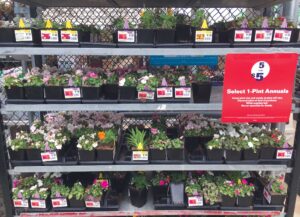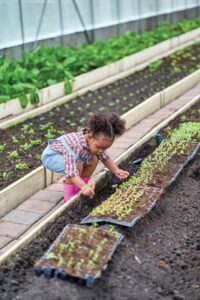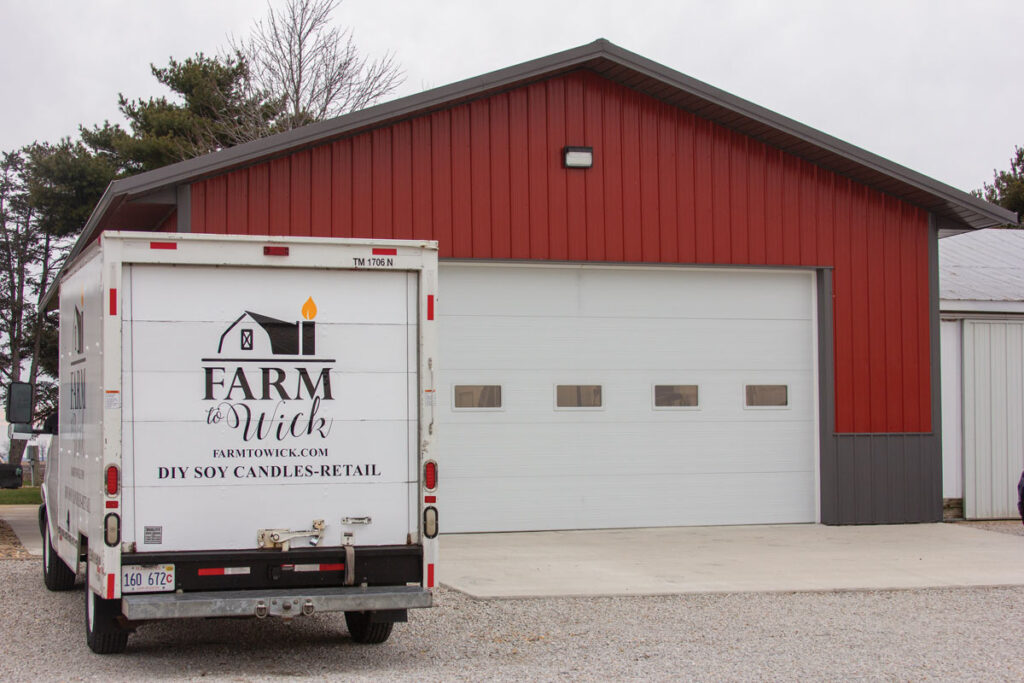Plant prices have gone up sharply in recent years. So have insecticides, fertilizers, mulch, tools and other accessories gardeners use to keep their green investments alive. Even bagged dirt isn’t dirt-cheap. What’s a gardener on a tight budget to do? Let’s dig into specifics.
Ways to save on plant purchases

You could pay full price at prime planting time, like most gardening consumers, or you could pay half or less with
some bargain-sniffing strategies. Start by looking for markdowns on overstocked, out-of-bloom or past-prime plants. These are often perfectly healthy … just not attractive enough to fetch top dollar.
Four top savers include perennials relegated to a bargain rack after they’ve finished blooming for the season, annuals and vegetables still viable but unsold after the spring rush, trees and shrubs that are misshapen markdowns but fixable via pruning and patience, and spring-blooming bulbs that are often 50% off when unsold but can still be planted by the end of October.
If you shop local, get on your favorite garden center’s loyalty program. These offer discounts, coupons, rewards and special sales to regular customers. While you’re at it, let local garden center managers know you’re interested in plants they want to clear out. You might get a call before plants go on the clearance rack.
Bargains are sometimes possible through mail-order and online vendors, but expect the plants to be small and “bare root” — i.e., shipped with weight-saving packing material around the roots instead of soil. Coddle them in a pot for a year to maximize success.
Plant bargains also can be found from unconventional sources, including plant societies, Master Gardeners, libraries, public gardens, farmer’s markets, schools and garden clubs — all of which often hold plant sale fundraisers using divisions from members’ yards, locally started seedlings and discounted greenhouse transplants.
Landscape companies are another overlooked resource. Landscapers routinely dig up healthy plants during renovations, simply because they’ve outgrown the space or a new homeowner doesn’t like them. They may let you salvage their dig-outs before they go to a dump.

Ways to trim the plant budget
Wherever you buy plants, opt for less-expensive smaller sizes. Given patience and good growing conditions, a quart-sized perennial will end up at the same mature size as a gallon-sized one, but at a significantly lower starting price.
Leaning small especially saves on trees, which can double in price for just 2 or 3 feet of additional height. Research has found that smaller transplant sizes usually establish faster and catch up to their bigger brethren within a few years.
Starting new plants from seed yields more plants to the dollar than transplants. Vegetables and annual flowers are fairly easy to start from seed inside in winter. Basic workshop lights with fluorescent tubes are sufficient for growing seedlings, which usually need about six weeks of inside growth before they’re ready to plant outdoors. Even less expensive is planting seeds directly in the ground outside, bypassing the need for lights, pots and potting mix.
A third plant budget-stretcher is mining your own plants for expansion. Most perennial flowers can be dug up and divided into fist-sized pieces after several years of growth, giving you free plants to use elsewhere. Clumps of spring bulbs also can be dug up and divided after their foliage browns in spring, and some shrubs will yield newbies if their “suckers” (roots that send up shoots) are dug up and transplanted.

Check with friends and neighbors to see if they’d like to trade divisions, which can yield free varieties for your yard. New shrubs, trees, roses and evergreens can be created by snipping 4- to 6-inch pieces off the tips of “mother plants” and sticking them into moist potting mix. That induces roots to grow from the buried cut ends, giving you a new “baby” copy of the plant. This works for many annual flowers and tropicals, too.
If you’re spending too much on annual flowers (the ones planted anew each spring), save money by converting space to perennials (plants that come back year after year). Limit those $6 annuals to pots, hanging baskets and window boxes.
Perennials cost more upfront and don’t bloom as long as annuals, but the return on investment takes three years or less. Some annuals are good at “self-seeding,” meaning they return on their own from seed dropped by last year’s flowers.
Save on your potted plant budget by starting with fewer plants each season. With patience, pots of fewer premium-priced potted annuals will fill in eventually and cost less than tightly packed ones.
Another pot option is scavenging the yard for perennial flowers that you can dig up and divide to use in pots. The best are ones with colorful foliage that add interest beyond the few weeks they’re in flower. Return the perennials to the ground in the fall to overwinter and mine again next year.
A third money-saver is using “double-duty” plants. Most so-called “houseplants” are tropical or subtropical species that do perfectly fine outside in northerly summers and inside over winter.
Consider using plants you’ve bought as houseplants in summer pots, dressed up with coordinated annuals. Conversely, instead of discarding tropicals bought for summer pots at the end of the season, convert them into houseplants over winter.

Ways to save on gardening products
The fastest way to save on gardening products is to cut out things that you and your plants don’t need.
Some possibilities include wound dressings for pruned trees (not necessary), leaf shine (a soft, damp cloth with diluted soap cleans dusty houseplant leaves), compost activator (a few shovelfuls of finished compost or soil adds decomposition microbes), anti-transpirant/anti-desiccant sprays (somewhat helpful in transplanting but research shows little to no cold-weather protection), moisture-holding gels for potted plants (research shows little to no water-saving benefit), landscape fabric (inhibits soil oxygen and traps moisture in poorly drained beds) and tree fertilizer spikes (trees get the nutrients they need from the soil).
Next is reducing the amount of products you use, such as fertilizer. Plants take up only the nutrients they need. Adding more doesn’t make them grow bigger or better and is a waste of money.
If plants are growing well, there’s no need to add anything. If they’re not, a soil test will tell if lack of nutrition is the culprit, along with identifying what nutrients are needed. Extension offices and many garden centers offer inexpensive DIY soil-test kits to help you spend fertilizer dollars wisely.
Bug and disease sprays are another potential cost-saver. Some gardeners routinely use pesticides “just in case,” both wasting money and potentially killing beneficial insects that would’ve controlled pests for free.
Most bugs and diseases target only specific plants, and much of the damage is temporary or cosmetic. Consider products only when plants are under threat from intolerable or potentially fatal damage — and when there are no better alternatives.
Expensive potting mix can be stretched by mixing your own from bulk ingredients or by “refreshing” last year’s saved mix with new mix, assuming last year’s mix wasn’t bug- or disease-ridden.
Even costly hardscaping materials such as bricks, stone, patio furniture, garden ornaments and fencing are sometimes available free or heavily discounted from neighbors advertising them through local social media channels.
Lots of household waste items are fair game for repurposing in the garden, including storage tubs that morph into flower containers, cut-off soda bottles that serve as plant protectors, and butter tubs that become seedling pots.
While most everything related to gardening has become more expensive, there are many ways to keep costs down. So, whether you’re a seasoned gardener or new to the hobby, don’t get discouraged with increased prices as navigating gardens on a budget is easier than one might think.









